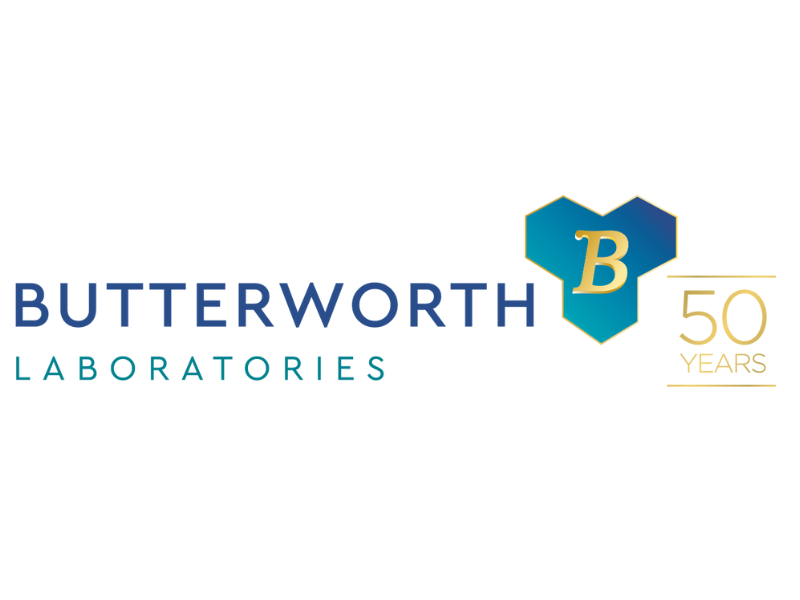In 2023, the World Health Organization (WHO) reported that more than 300 children had died in The Gambia, Indonesia, and Uzbekistan in 2022 following the consumption of contaminated medicines. The over-the-counter cough syrups were found to contain ethylene glycol (EG) and diethylene glycol (DEG)—toxic industrial chemicals that can cause acute kidney injury and be fatal even in small amounts. Most of the victims were under five years old.
It would appear that in response to such tragic incidents, the European Directorate for the Quality of Medicines & HealthCare (EDQM) has updated several European Pharmacopoeia (Ph. Eur.) monographs to include new analytical methods for the detection of EG and DEG. These updates highlight the crucial role of rigorous analytical controls in preventing contamination and safeguarding global medicine quality.
At Butterworth Laboratories, our work directly supports this mission. As an independent GMP-certified laboratory, we develop and validate chromatographic methods (GC and HPLC) for the precise detection of EG and DEG, screening excipients, APIs, and finished products for trace impurities. Our validation reports and regulatory documentation are aligned with Ph. Eur. requirements, helping clients ensure full compliance. Read the whitepaper on ‘The importance of excipient testing.’
By combining technical precision with regulatory insight, we help pharmaceutical manufacturers strengthen quality assurance systems and protect patients worldwide. The recent tragedies serve as a stark reminder: analytical vigilance is not optional—it saves lives.

